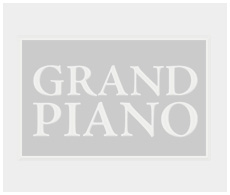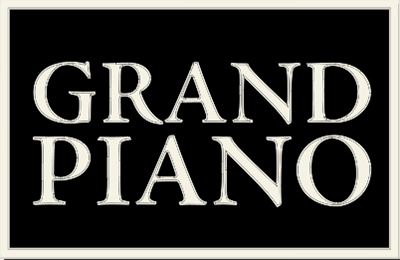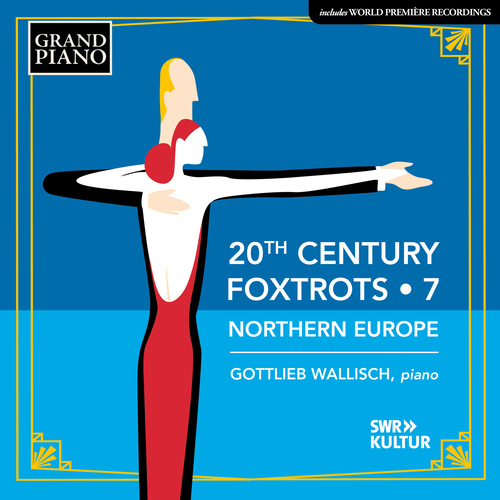
Fini Henriques (1867 - 1940)
Fini Henriques was one of Denmark’s leading musicians, active and popular as both violinist and composer from the end of the nineteenth century. A straightforward and humorous person, he was well liked and yet, as a soloist, could deliver gripping and impressive performances. His discography is somewhat slight, as might be considered commensurate with his modest bearing and his predominantly home-based career: he lived in his native Denmark all his life.
A relatively prolific composer, Henriques showed in many of his works a fondness for children, for whom he composed a number of pieces. These included Mellem Trolde (Between Trolls, 1896) in which text is interspersed with small piano compositions written for his eldest son; and Children’s Trio for violin, cello and piano (which can be performed by quite young musicians with only a basic technique); whilst piano compositions, including Aphorisms and Melodious Profiles were inspired by the world of children. The most widely known of his titles include Dolly-Dance, Whipping Top, The Ball and Dance of the Pixies. His Hans Christian Andersen Festival Overture was played by the Danish Royal Chapel Orchestra on 2 April 1905 at the Royal Theatre’s memorial celebration of the centenary of Andersen’s birth. He also composed the ballet scores Snedronningen (The Snow Queen, 1927) and Tata (1931), as well as operas (including Kain, 1932), two symphonies, symphonic poems, a string quartet, a quartet for flute, violin, cello and piano and a G minor violin sonata. His Danish Lullaby became quite widely known.
It is fitting that Henriques recorded Svendsen’s famous Romance for violin and orchestra, given his links with the composer. In spite of a rather bizarre collection of orchestral instruments and sonorities (this was typical of phonograph ‘arrangements’ of orchestral scores in which brass instruments and the like often bolstered string bass parts in order to allow them to be better heard through the sonically limited means of acoustic recording), Henriques delivers a warm and sonorous performance in this recording from around 1912. His tone is rounded and full, with a frequent but discreet vibrato, and a sound of vibrant clarity as befits a pupil of Joseph Joachim. The work is exquisitely phrased and, in its tumultuous minor middle section, is arrestingly played, allowing one to glimpse something of this modest but capable violin talent. Henriques was by no means the greatest violinist of his time, but his recordings allow us to hear the playing not of a ‘household name’ (and thus a musician likely to have set and changed trends) but rather a less ambitious musician embodying the trends and practices of the time.
© Naxos Rights International Ltd. — David Milsom (A–Z of String Players, Naxos 8.558081-84)


 Grand Piano has gained a reputation for producing high quality recordings of rare keyboard gems. Dedicated to the exploration of undiscovered piano repertoire, the label specialises in complete cycles of piano works by many lesser-known composers, whose output might otherwise have remained unknown and unrecorded.
Grand Piano has gained a reputation for producing high quality recordings of rare keyboard gems. Dedicated to the exploration of undiscovered piano repertoire, the label specialises in complete cycles of piano works by many lesser-known composers, whose output might otherwise have remained unknown and unrecorded.






